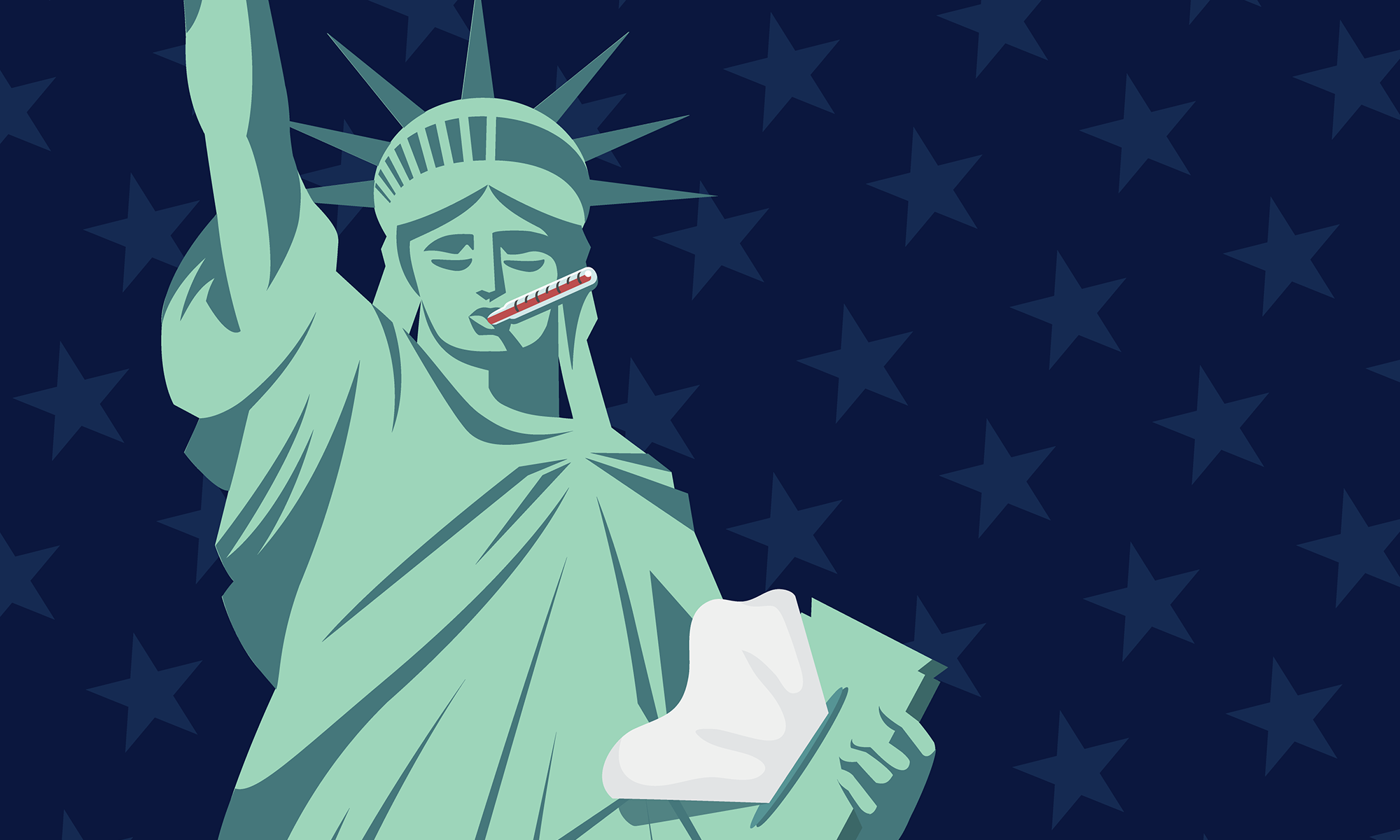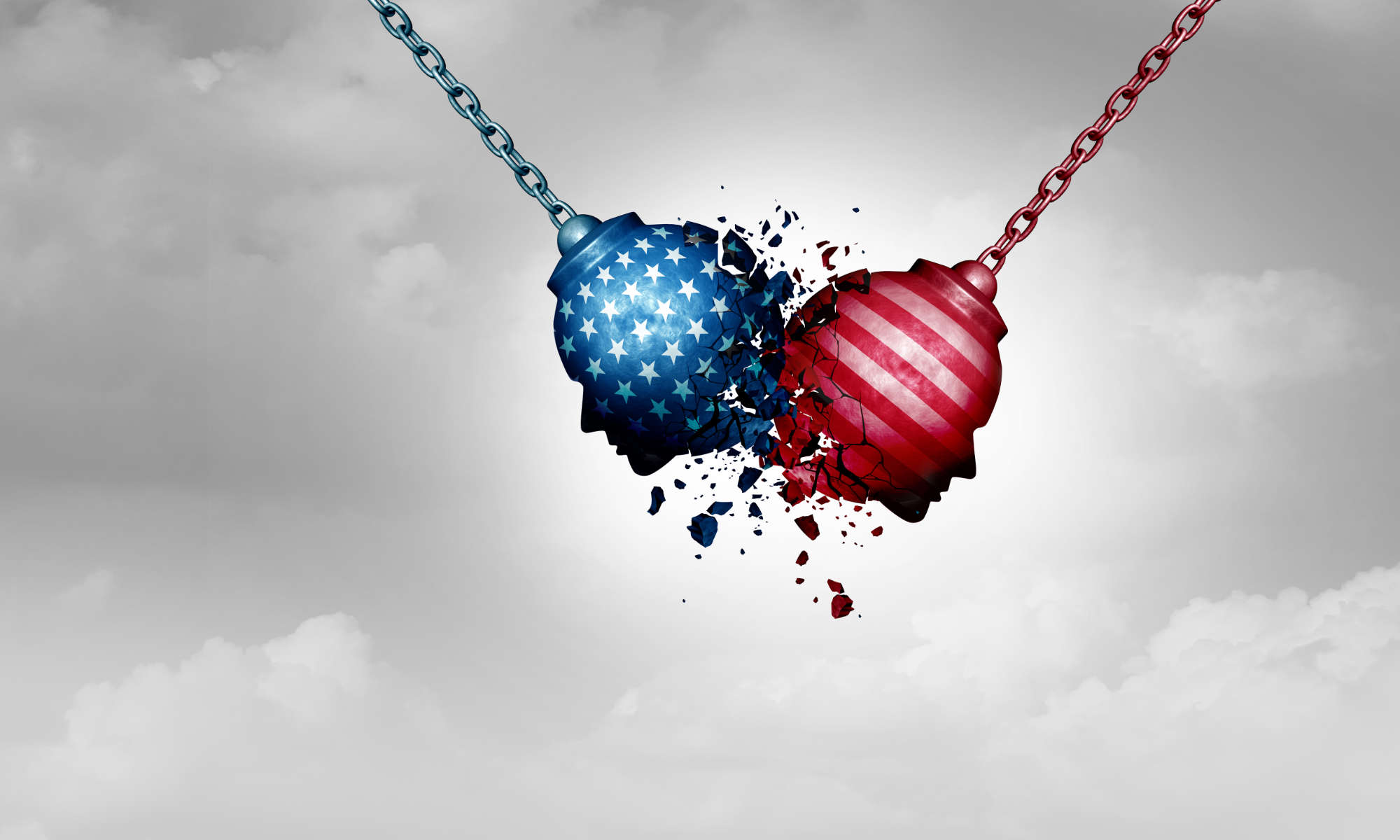
(University of Rochester photo)
Bethany Lacina, an associate professor of political science at the University of Rochester, has been very busy on Twitter recently. Analyzing posts that is—not setting off late-night tweet storms.
A Star Wars aficionado from elementary school onwards, Lacina used data science to study the prevalence of Twitter harassment among the iconic movie franchise’s fan base.
“People were saying ‘Look, everybody gets harassed on social media, that’s just the way it works. Women and nonwhite people don’t have it worse than anyone else.’”
Those kinds of comments galvanized Lacina, who joined the Rochester faculty in 2010, to start searching for hard data.
A noticeable uptick in Twitter harassment and racist tweets followed the recent The Last Jedi movie, released in December 2017. Here, the Jedi order is placed in the hands of a young woman, while casting the franchise’s first nonwhite female lead, Kelly Marie Tran. The actress subsequently shut down her Instagram account, due to the flood of negative comments and personal online harassment.
Twitter, just as other social media venues, has become politicized in the way its followers and members debate popular culture, Lacina notes. For her study, Lacina collected thousands of tweets from Star Wars fans, using computer algorithms to sort and categorize their Twitter conversations. She looked for offensive language, positive and negative attitudes, and outright hate speech—such as threats of violence, and ethnic, homophobic, or misogynistic slurs.
5 key takeaways
Lacina’s study was published as an analysis for the Monkey Cage, a Washington Post blog written by political experts.
- Male fans received offensively worded tweets about as often as female fans. However, when it came to hate speech, the difference was more dramatic: one in 450 tweets to male fan podcasters contained hate speech, versus one in 280 tweets for female fan podcasters.
- Hate speech is rarer than offensive language, appearing in about one out of 100 tweets.
- Tweets with offensive language or hate speech are not popular. They come from accounts that have fewer followers than average and receive fewer “likes” or “favorites,” retweets, or replies than more neutral posts.
- Automated bots are not to blame. They produced no hate speech tweets and their few (4.4 percent) overall Star Wars tweets show they use less offensive language than their human counterparts.
- Lacina estimates that she’s missing about 5 percent of Star Wars tweets, because they were deleted by their author or by Twitter for violating the company’s community standards.
While conservative fans accused the franchise of kowtowing to a politically correct agenda, Lacina discovered that offensive tweets didn’t just originate on the political right. Abusive language also appeared in tweets from the cultural left. Ironically, female podcasters were particularly likely to receive offensive or hateful tweets that simultaneously complained the target was “not supporting diversity and gender equality strongly enough,” Lacina says.
As part of her research, she compared general Star Wars-related tweets to specific tweets about Kelly Marie Tran and her Last Jedi character Rose Tico. There was no doubt: the proportion of tweets with offensive language doubled from 6 to 12 percent, and hate speech jumped by 60 percent, from 1.1 percent to 1.8 percent of all tweets—when it came to Tran or her character.
Lacina, who holds a PhD from Stanford University, is quick to admit that her analysis relies on inference when it comes to the tweeter’s gender identity, race, ethnic origin, sexual orientation, and religion.
“My reliance on guesswork means that I am in the same position as a stranger on Twitter,” she explains. However, using the Botometer Python program developed by Indiana University, she concluded that unlike the 2016 US presidential elections and the Brexit referendum in Great Britain, very few automated Twitter bots are to blame for fanning the flames of anger among Star Wars fans.
As the analysis progressed, Lacina realized that some of the language algorithms are difficult to use. They may flag a tweet as violent when, in fact, it’s just a retelling of a plot line about something violent that happened in one of the Star Wars movies. Sometimes, she says, it’s impossible to say if a Twitter user feels harassed, especially when his or her original account engages in verbal flame throwing, too, and seems designed to evoke that kind of response.
“It’s harder than I thought to come up with a clean measure of whether someone is being harassed on Twitter,” she finds. However, Lacina says, attempting to study these kinds of tweets are not a “frivolous” or “marginal” endeavor. After all, she says, mass entertainment has very clearly entered into the public discussions over ethnic politics in this country.
The article marked somewhat of an excursion for Lacina, whose regular research interests cover international relations, comparative politics, conflict, and Indian politics. The author of Rival Claims: Ethnic Violence and Territorial Autonomy under Indian Federalism (University of Michigan Press, 2017), Lacina is an expert in civil and ethnic conflict, especially disputes over territorial autonomy.
But ultimately, she says, the racist tweets are not too much of a departure. Her latest book—Nativism and Economic Integration Across the Developing World: Collision and Accommodation (Cambridge University Press, 2018), co-authored with Rikhil R. Bhavnani from the University of Wisconsin—comes out this month. Here the two political scientists look at ethnic groups’ fighting over migration and nativism.
“I wrote the [Washington Post] article for the for people who said they were feeling kind of gas lit,” says Lacina. “My goal was to offer data to people who suspected that the treatment of women and the treatment of minorities on social media was in fact different from the treatment of other people, and assure them that they weren’t crazy.”




